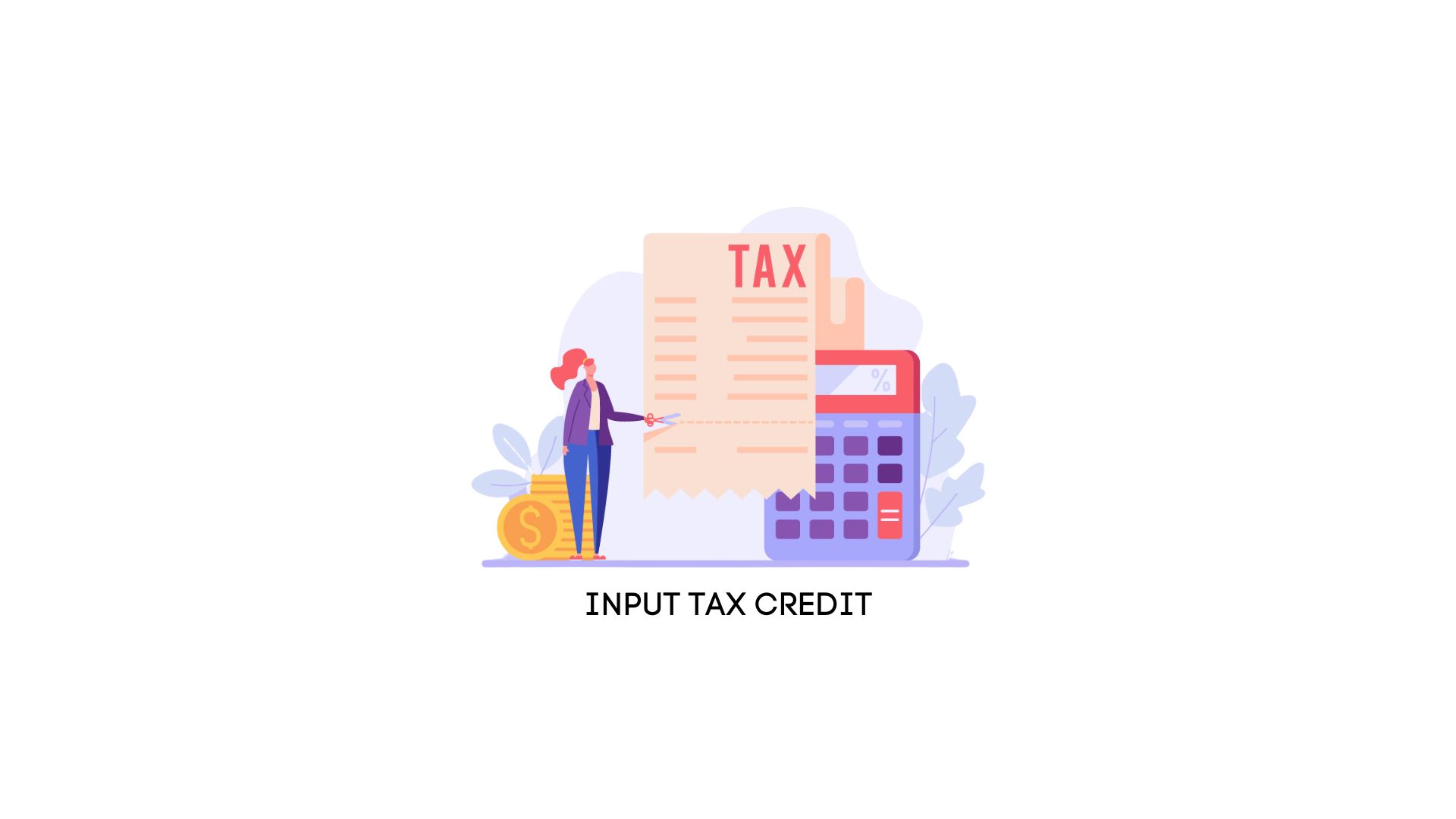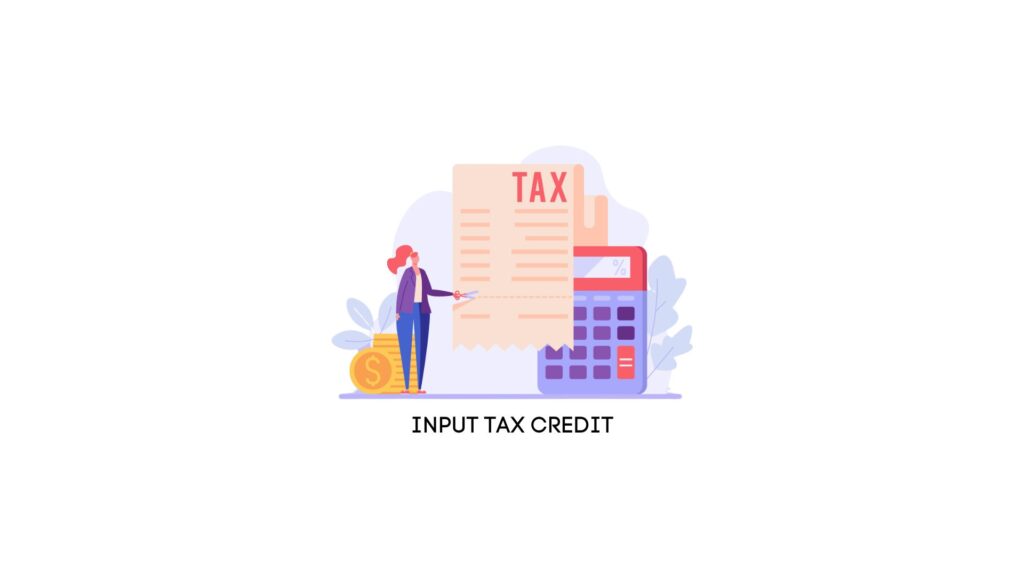
09 Apr Recovery of Fraudulent GST Input Credit Surges to 12% in FY24

The recovery rate in Goods and Services Tax (GST) cases concerning input tax credit (ITC) fraud has significantly increased in FY24. Government sources familiar with the matter informed that the Directorate General of GST Intelligence (DGGI) has managed to recover over 12 percent of the dues, a notable rise from the previous 2-3 percent.
Enhanced Recovery Efforts
- The DGGI has detected GST frauds amounting to Rs 21,089 crore during FY24, with Rs 2,577 crore already recovered.
- These improvements come as the DGGI adopts a proactive approach to identify ITC cases early on.
- Utilizing new tools such as artificial intelligence and data analytics, the department is sharing information with other regulatory bodies for swift fraud detection.
- The recovery data is anticipated to be publicly disclosed soon.
Challenges in Recovery
- Despite the arrests of 113 individuals implicated in such frauds, retrieving the fraudulently obtained funds remains a challenge.
- Many previous ITC cases dating back 4-5 years have witnessed negligible recovery rates due to culprits dispersing ill-gotten gains, complicating the recovery process.
Modus Operandi and Common Traps
- The prevalent modus operandi involves the creation of counterfeit invoices to avail GST benefits, particularly rampant in sectors like manufacturing and real estate.
- Fraudulent schemes often entail the creation of shell entities using unsuspecting individuals' Know Your Customer (KYC) documents.
- These entities then generate fake GST receipts, exploiting loopholes to claim double benefits.
- Common citizens are also ensnared as fraudsters lure them with promises of loans or other incentives, using their KYC details to establish fraudulent entities.
Conclusion
- The surge in recovery rates signals a proactive stance against GST frauds, yet challenges persist in retrieving illicitly acquired funds.
- Enhanced collaboration and utilization of advanced technologies are essential in combating such fraudulent practices effectively.


No Comments